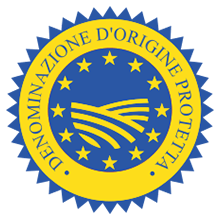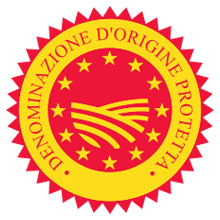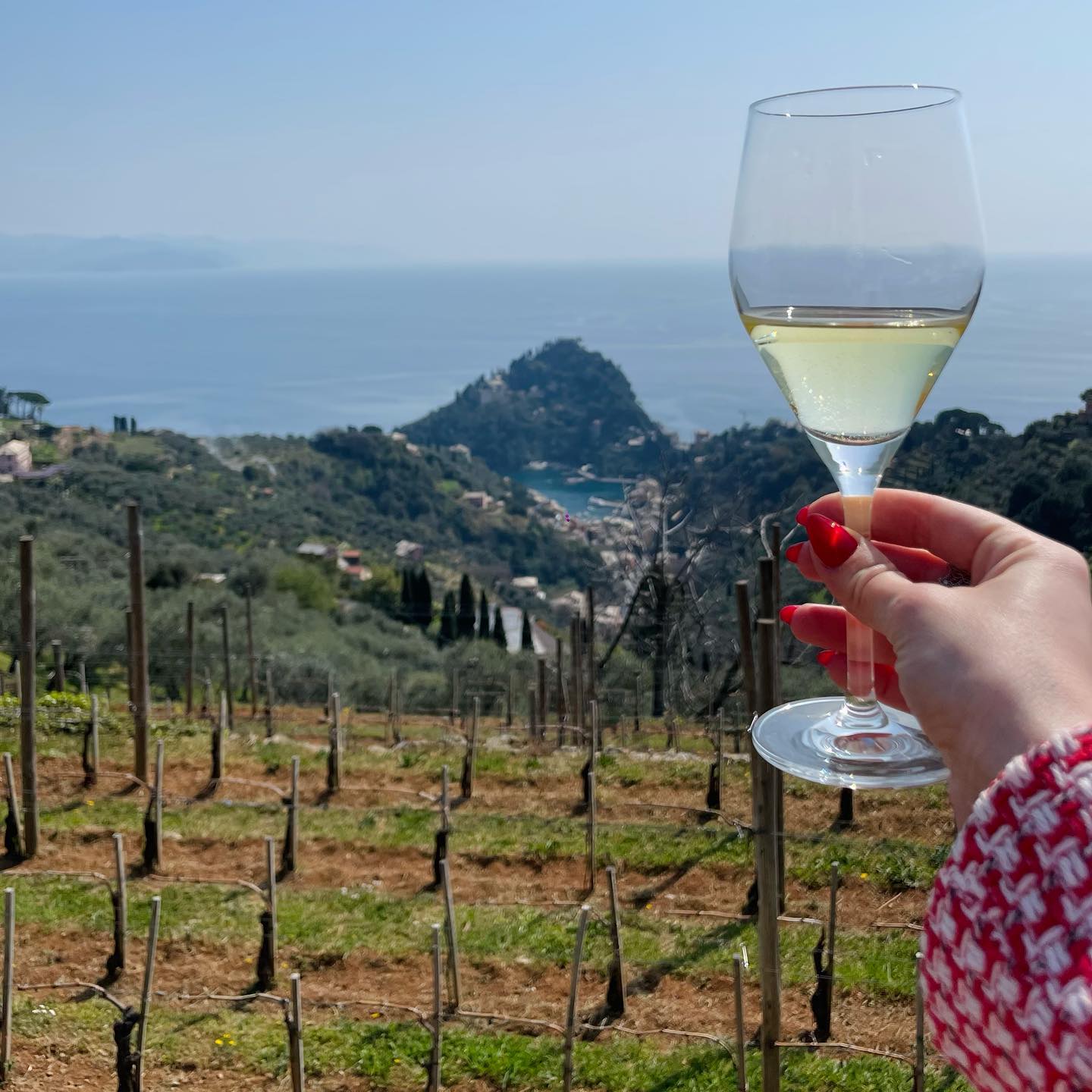Golfo del Tigullio Portofino



Golfo del Tigullio Portofino


The Golfo del Tigullio-Portofino DOP (or Portofino DOP) includes various types of wines such as White, Red, Rosé, Sparkling, Passito, and Novello. This designation also encompasses several varietal and geographical specifications. The Golfo del Tigullio-Portofino DOP, or Portofino DOP, can be complemented by the geographical sub-designation Costa dei Fieschi, which is reserved for certain wine types, including White (also available as Sparkling and Passito), Red, Rosé, and Moscato (also available as Passito). These wines are produced using typical grape varieties from the region’s distinctive terroir.
Insights
The Rosso from this region pairs wonderfully with medium-bodied dishes, particularly flavourful first courses with meat sauces, as well as mixed fried dishes and white meat. The Bianco goes well with seafood appetisers, Genoese minestrone, and lasagne with pesto. Moscato is an excellent match for yeast-based desserts like pandolce alto and panettone, as well as traditional homemade sweets such as canestrelli, cakes with pine nuts and raisins, and apple tarts.
Features
The Golfo del Tigullio-Portofino DOP (or Portofino DOP) can feature different grape varietal specifications. For white wines, these include Vermentino, Bianchetta Genovese, and Scimiscià (Cimixà) with a minimum of 85%, either alone or blended with non-aromatic, similarly coloured grapes from other approved varieties. For Moscato (also available as Passito), 100% Moscato Bianco is used. For red wines, Ciliegiolo must make up at least 85%. The colour, aroma, and taste of each specific wine reflect the characteristics typical of the grape variety and its terroir.
How it's made
The wine production area extends across the hilly terrain overlooking the Golfo del Tigullio, encompassing around forty municipalities in the Province of Genoa, including some coastal towns like Rapallo, Portofino, and Santa Margherita. The viticulture of the Tigullio area has ancient historical roots, although its development occurred more recently compared to other wine regions of Genoa. Likely originating under the influence of Benedictine monastic congregations in the late Middle Ages, vine cultivation spread from the coast to the inland hills of the Tigullio region.
Experience a journey through ligurian flavours
- Recipes
- Itineraries
- Experiences



